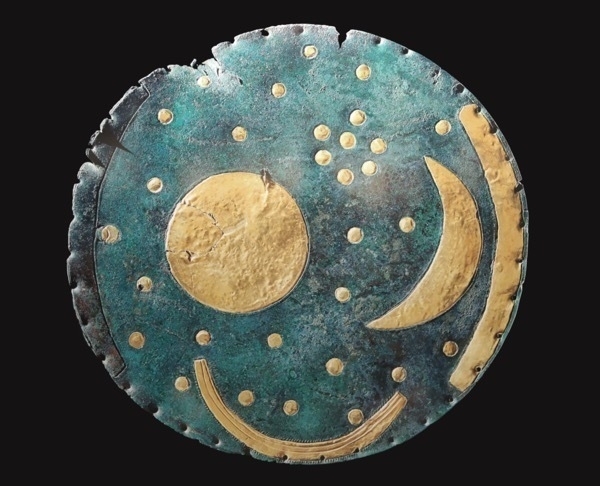Matariki and the European Bronze Age
Aotearoa NZ is about to celebrate Matariki - the appearance of a constellation of stars that herald the Māori new year. New Zealand will have its first public holiday for Matariki this Friday 24 June.
Many cultures around the world and across history have used the Pleiades star cluster as calendrical markers.
As the recent book "The World of Stonehenge" (p145) notes, the Nebra Sky Disc (from Bronze-Age eastern Germany c1600BC) features this symbolism:
"There is a distinctive rosette of seven stars clustered between the full and the crescent moons. These are identified as the Pleiades or Seven Sisters (fig. 3.22), recognised by many world cultures as calendar stars, since they are last seen in the night sky in March and only reappear again in October."
"The Greek poet Hesiod, writing in c. 700 BC, noted that 'when the Pleiades rise it is the time to use the sickle, but the plough when they are setting'. Their disappearance and appearance has been seen historically a marker of the beginning and end of the farming year in Europe, and the Skidi Pawnee people of North America used these celestial markers as a sign to prepare rituals and ceremonies connected to the agricultural cycle. In the region of eastern Germany where the disc was found, the Pleiades is last seen in the sky on 10 March, alongside the young, crescent moon. The full moon accompanies the reappearance of the constellation on 17 October. On the disc, the Pleiades is tellingly placed between the crescent and full moons, suggesting an awareness of this celestial rhythm."

This is a fascinating connection between a prehistoric Bronze-Age world, and the resurgence of te ao Māori in contemporary Aotearoa.